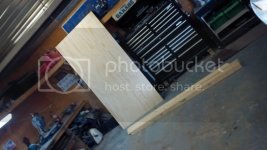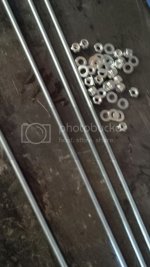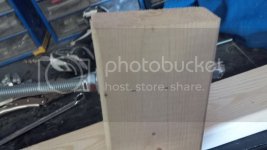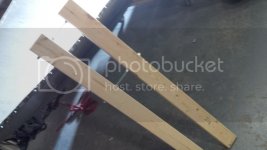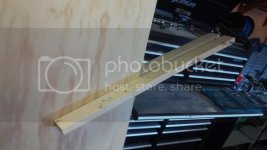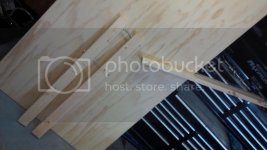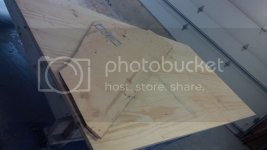Thanks Rob. I checked it this morning pulling the car out of the garage and it is solid! What's the rule? Apply epoxy in a hot shop and then let the shop cool down to decrease cure time?
Usually works that way cause I turn it up to 72 degrees to work out there and then down to 60 degrees when I am done for the night
That depends on your mix ratio. You can slow or speed up cure time depending on the mixture. For example if I need to work on a large area (floor) I'll slow the cure rate down (less hardener) to maximize the time. That gives you more time to work. Opposite is true for something like a small patch job that needs multiple layers of fabric. Warm temps help as well.



